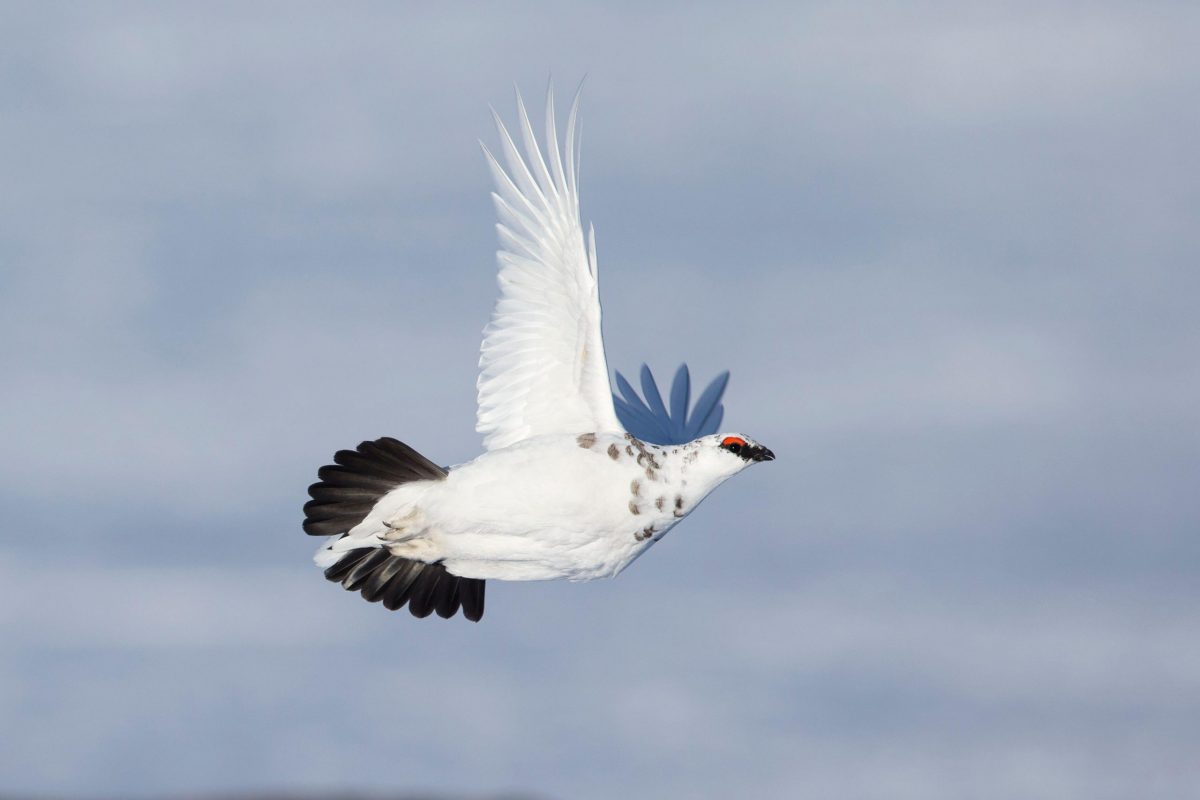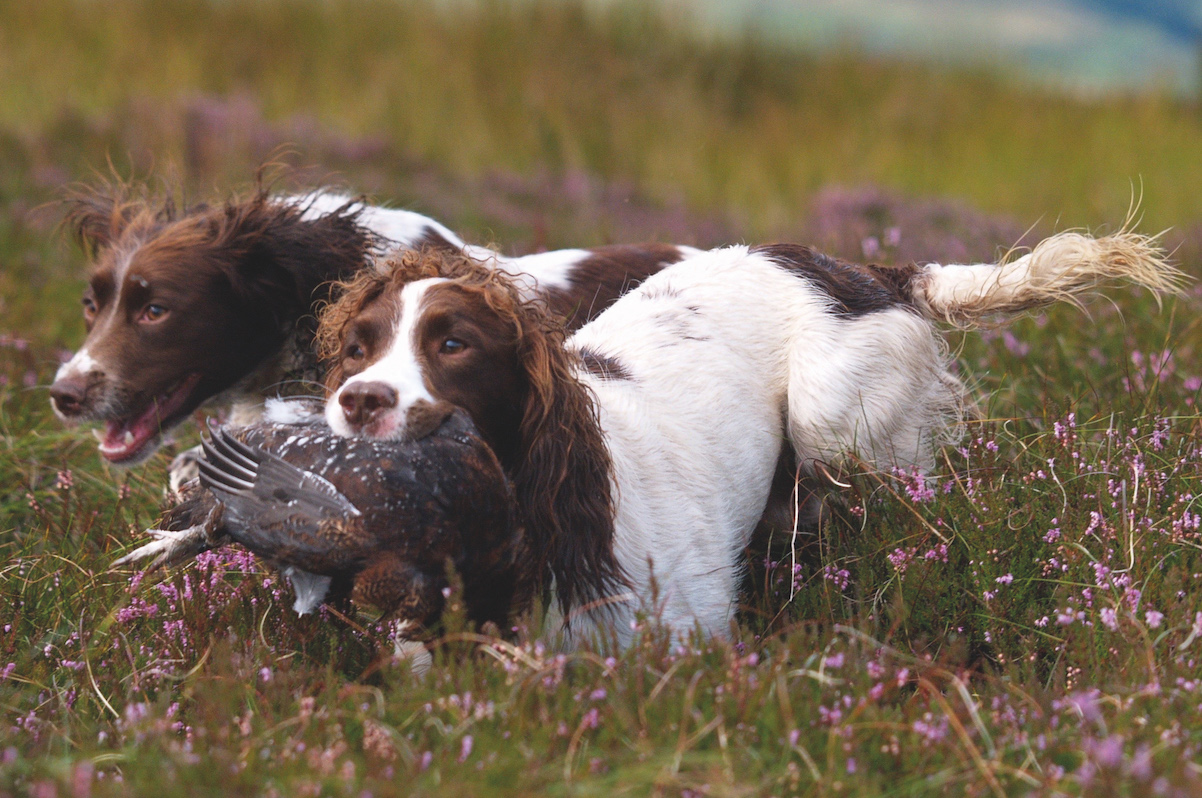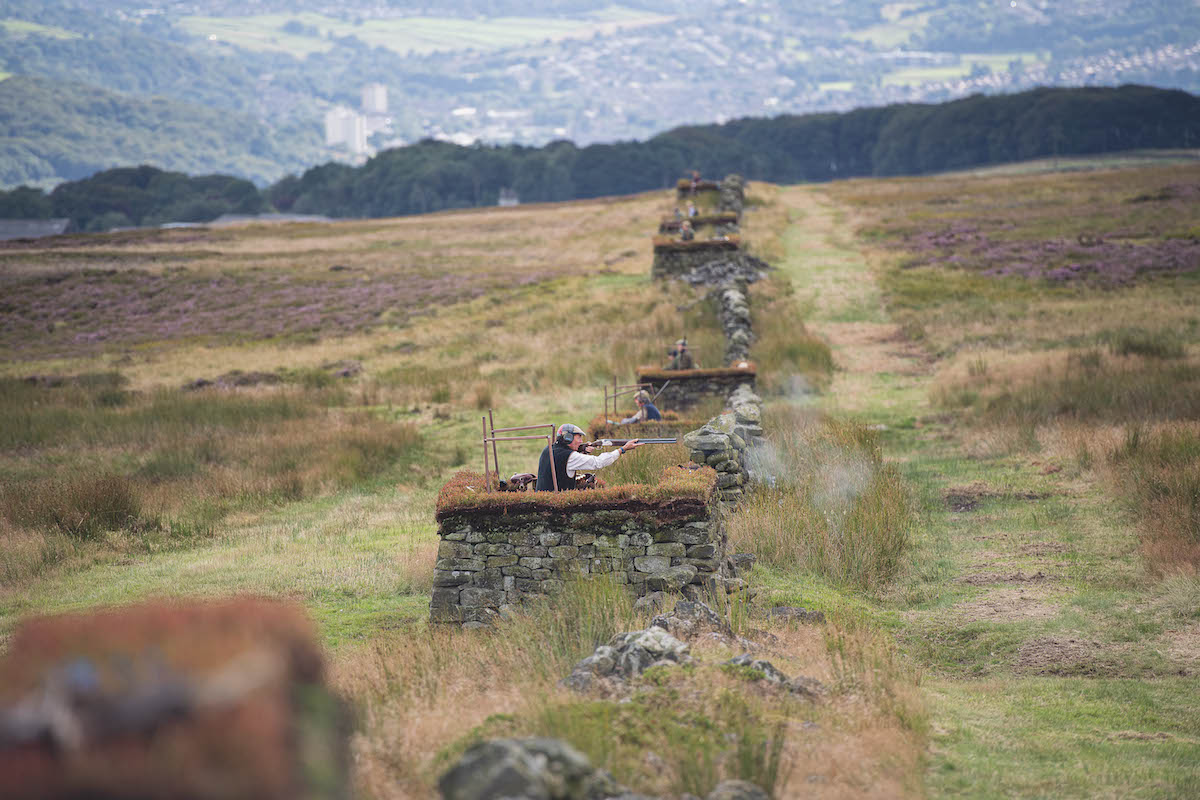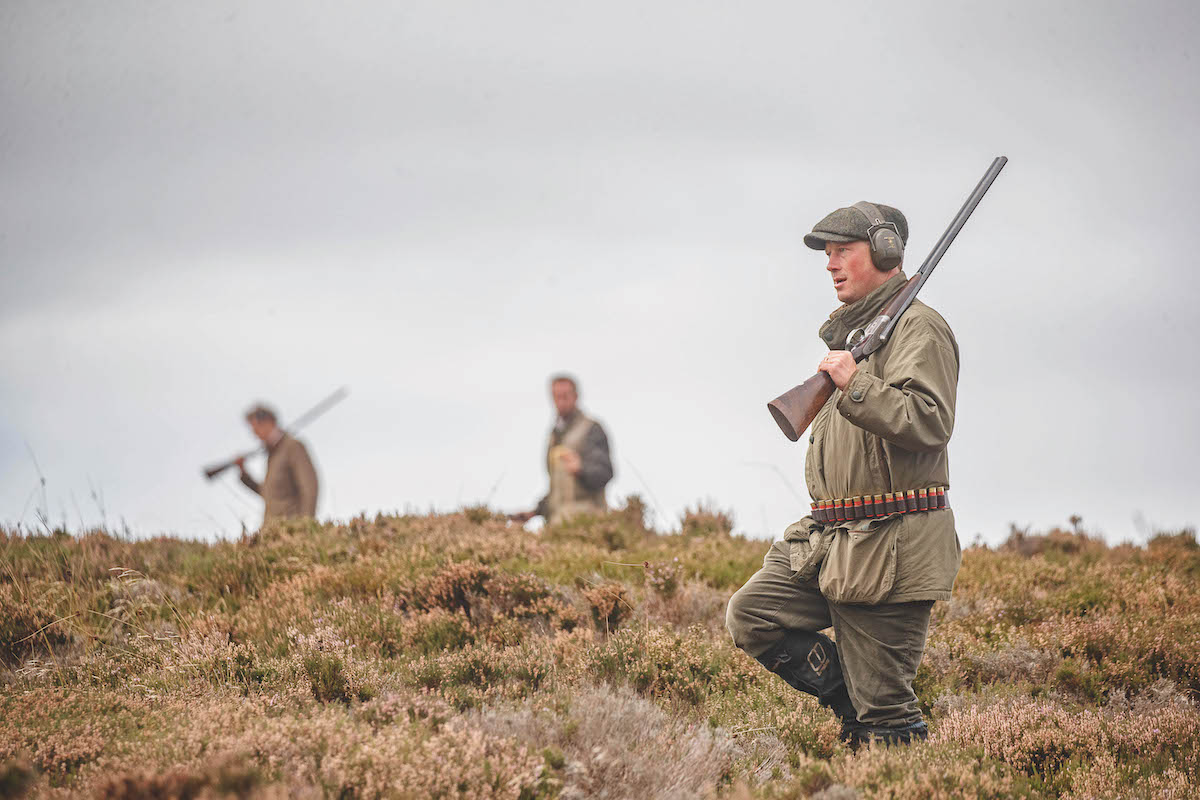Grouse shooting abroad – David Tomlinson goes on a world tour
David Tomlinson goes on a tour of the world in pursuit of grouse and its many huntable cousins

There’s a common fallacy in the fieldsports world that grouse shooting is a British speciality and that nowhere else in the world can you pursue these most extraordinary gamebirds. It’s true that the red grouse is an exclusively British bird, but its close cousin the willow grouse is a circumpolar species. It has a huge range, extending from Norway in the west, right across Scandinavia and Russia, all the way to extreme eastern Siberia. In North America, it can be found from Alaska to Newfoundland.
It is hunted in almost all these countries, too, except on the southern edge of its range in the Baltic countries and China, where it is protected. Estimating the annual bag worldwide is difficult, especially for a bird whose population is so cyclic, with years of abundance followed by similar periods of scarcity, but it is reckoned that 1.2 million are shot annually in the Russian tundra and at least another half a million in Scandinavia.
Worryingly, the population in Scandinavia is declining due to drainage, afforestation and climate change, and the bird is now protected in central and southern Finland.
Nowhere outside the British Isles are numbers big enough for driven shooting, so the classic way to pursue these birds is with pointers or setters. Grouse shooting isn’t for the unfit or faint-hearted.
Pursuing willow grouse in Norway and Sweden is far more about hunting (or even hiking) than shooting. A few years ago, I spent three days in northern Sweden in pursuit of these grouse. Despite having top-class dogs (Irish red setters) that worked tirelessly, my party only encountered a single covey of grouse and none were bagged. I reckon that we probably walked at least 15 miles a day and the wonderful panoramic views of the glorious, wild hills were the compensation for the empty bags.
Many of the best hills for grouse are unreachable from the nearest road unless you are prepared to hike for two or three days. Wealthy hunters now charter helicopters to fly them into these remote areas. There are no shooting lodges, so these trips are proper mini-expeditions, requiring camping gear and food to be flown in, along with the dogs.

Many believe grouse shooting is confined to Britain, but there is a wealth of sport across the globe
Cooking the birds that have been bagged on the campfire is an essential part of these shooting trips. The classic way to cook the grouse is to separate the wings and breasts, and then pan-fry them in hot butter. (Click here for our archive of grouse recipes).
Traditionally, they should be accompanied by caramelised onions and mashed potatoes (already prepared and flown in), plus fermented rowan berries and wild alpine blueberries, with marinated and preserved porcini mushrooms adding the finishing touch. Eaten under the stars, it’s an unforgettable dish.
A close relation of the willow grouse is the rock ptarmigan and these birds have long been subsistence-hunted by the native people of the High Arctic. Ptarmigan are generally found further north or at higher altitudes than willow grouse, so the challenge of shooting them comes from the testing terrain they inhabit, rather than the sporting nature of the birds, which are often tame and approachable.
This is also true of the North American white-tailed ptarmigan, which is found from Alaska south to New Mexico. The classic state to hunt these birds is Colorado, but you will probably have to climb to 12,000ft before your first encounter.
Spoilt for choice
When it comes to grouse, Americans are spoilt for choice, with sharp-tailed, spruce, blue and sage grouse all on the shooting list. Most widely hunted of these is the sharp-tailed or prairie grouse, which is found in a wide range of habitats from grassland and sagebrush to boreal forest.
Though it can be quite numerous, it has a reputation as being one of the wariest of all gamebirds, representing a real challenge for the hunter.

Grouse numbers in many parts of the world mean that it is very much a ‘one man and his dog’ sport
The sage grouse is in many ways the North American equivalent of the capercaillie, as it is the largest and most spectacular of the American grouse. Only a few states still allow it to be hunted, with a short season (typically a couple of weeks) and a low bag limit. They are fast-flying inhabitants of the sagebrush, which is one of the most challenging terrains in which to hunt.
It is, however, the ruffed grouse that is by far the most important quarry species of grouse in North America. Its range stretches all the way from Alaska to New England, which no doubt explains why so many US hunters claim this is the continent’s most sporting bird, with as many as six million shot a year.
These small woodland grouse are generally hunted with setters and pointers. However, opinions on dogs are deeply divided and many sportsmen argue that flushing dogs, such as cockers and springers, are just as useful as those that point. It’s not a social sport, as it’s generally a case of one man and his dog.

Sandgrouse are notoriously tricky to shoot, relying on their camouflage for protection
Shy and elusive
The Old World equivalent of the ruffed grouse is the diminutive hazel grouse. It has a huge range, extending all the way from eastern France to Japan. Like the ruffed grouse, it is a bird of the woods, preferring mixed deciduous-coniferous forests.
Few birds are as shy and elusive as this. I speak from experience, having sought them in the forests of Sweden, Finland, Estonia and Bulgaria. Even capturing a glimpse of one is a triumph. The most successful technique is to call the birds to you by imitating the cock’s high-pitched whistle. Finland is the top country in Europe for hunting hazel grouse, with a modest annual bag of around 50,000 birds.
Despite their name, sandgrouse are not related to the true grouse at all, despite many similarities. They have always been something of a taxonomic puzzle, but current thinking places them closer to waders than any other bird group. All 16 species are found exclusively in the Old World. Though two species are found in Europe, the greatest diversity is found in Africa, with 12 species. What all the sandgrouse have in common is the ability to live in the desert.

Imitating the high-pitched whistle of the cock is the way to see the elusive hazel grouse
Sandgrouse are not easy birds to shoot. Though they can be approachable, they tend to rely on their exquisite camouflage for protection, flying off rapidly at the
last moment and often surprising the hunter.
They are at their most vulnerable when they flight to water — individuals will fly as many as 50 or 60 miles to drink, invariably at dawn or dusk, depending on the species. The record bag of 5,968 sandgrouse (mainly black-bellied) was achieved by the Maharajah of Bikaner, accompanied by a dozen Guns, at Lake Gajner in the Thar Desert in 1920, shooting on two consecutive winter mornings.
Such a huge bag was clearly unsustainable, while today many question the sporting ethics of shooting birds that have flown great distances merely to drink. However, the most damning argument against shooting sandgrouse is that they are simply not good to eat. Though the breast is fleshy, the meat is dark and dry, so they are regarded as poor value for all the effort that goes into shooting them.








